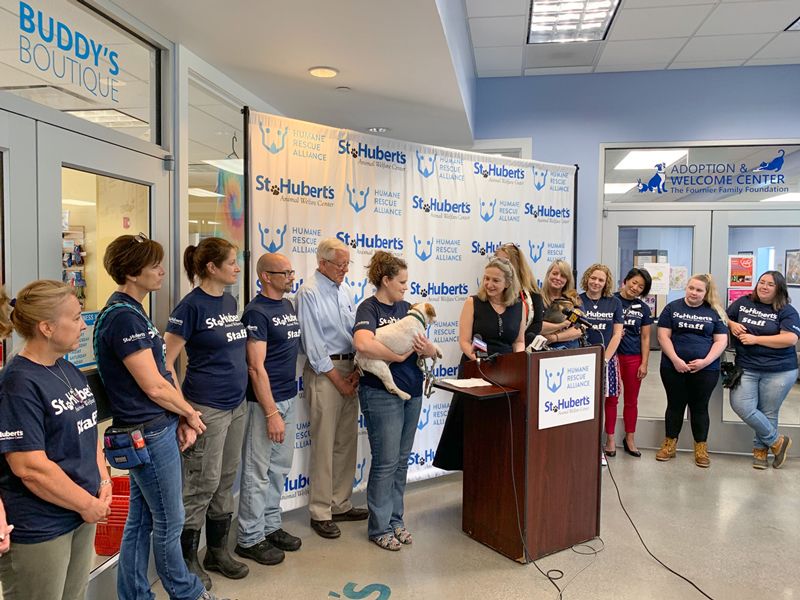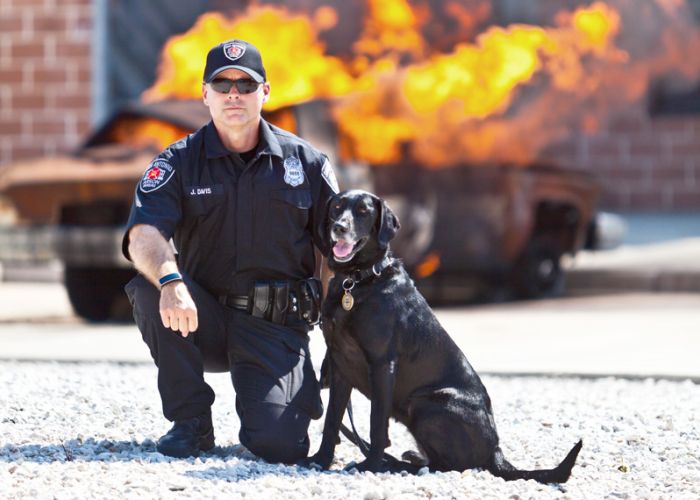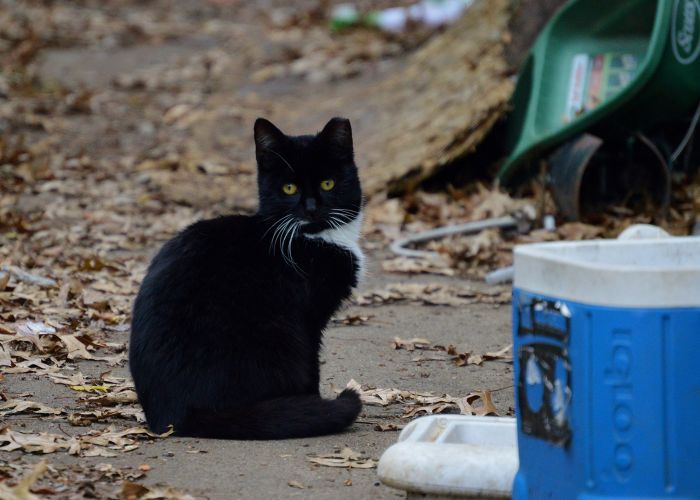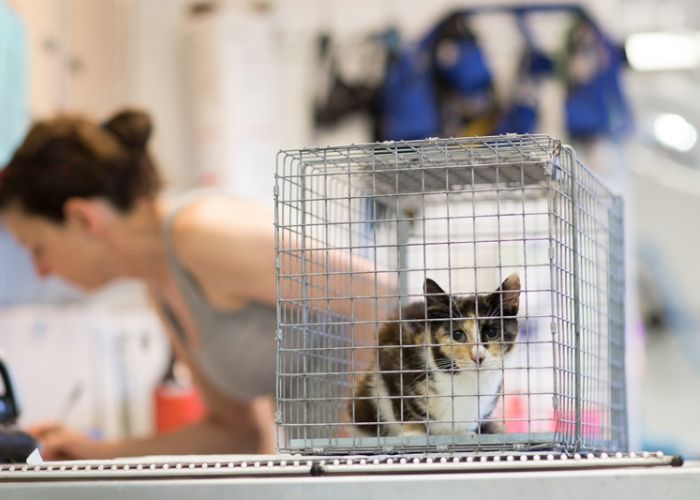Extending their reach
D.C., New Jersey organizations combine in a historic merger to increase impact

Two leaders in the animal welfare field, Washington, D.C.-based Humane Rescue Alliance and New Jersey’s St. Hubert’s Animal Welfare Center, announced a merger in early July to create what’s believed to be the first organization of its kind in the country.
As a result of this unique combination— two community-based, but regional-focused, animal welfare groups working across state borders—the joint organization has more resources to make a bigger impact in the areas it serves and beyond.
“This is a merger of two strong organizations who are all about building capacity to become even more effective,” says Lisa LaFontaine, president and CEO of HRA and the merged organization.
The combined organization will still provide the same HRA and St. Hubert’s programs and services in its communities, like animal control and adoptions, but now has a larger base of support and expertise. It has a staff of 300 and an estimated budget of $20 million. Its five adoption facilities (two in D.C. and three in New Jersey) will give the organization increased flexibility in capacity planning, says LaFontaine.
St. Hubert’s will keep its name locally and will be referred to in national communications as “a part of the Humane Rescue Alliance,” says LaFontaine.
Internally, the communications, human resources, development and finance departments are each combining, which will save money on overhead costs. There will be no layoffs, and the organization will hire a chief operating officer for New Jersey, says LaFontaine.
“Our name doesn’t change, our mission doesn’t change, our people don't change … but we have the pool of resources [to do] more of what we do and do it better, on both sides,” says St. Hubert’s board treasurer Vincent F. Moretti.
This collaborative approach is the future of the animal welfare field, and where it should have started going earlier.
—Heather Cammisa, Adisa
Talks for the merger started in September 2018 when LaFontaine learned that Heather Cammisa, president and CEO of St. Hubert’s since 2010, was stepping down at the end of the year. LaFontaine wanted to help ensure the group’s impactful work would continue. She knew, as did the St. Hubert’s board of directors, that Cammisa had played a vital role in the organization’s development.
“[Cammisa] was integral in St. Hubert’s growth and what St. Hubert’s accomplished as an organization,” says Moretti.
After talking with LaFontaine, a merger “made all the sense in the world,” says Cammisa, now a senior adviser at consulting group Adisa.
Both organizations had similar corporate values, goals and philosophies, says Cammisa. Plus, both organizations had experienced mergers before, so they knew the benefits of aligning similarly minded organizations and were open to more in the future. (Most recently, LaFontaine oversaw the 2016 merger between Washington Humane Society and Washington Animal Rescue League to form HRA.)
The merger was finalized after months of due diligence and weekly discussions with both organizations’ leadership and boards, ensuring the groups would work well together, says Moretti. The nearly 200 miles between them didn’t seem like a barrier, especially since both organizations focused on collaboration and transport, and had a national outlook on animal welfare.
Take St. Hubert’s WayStation program, which started in 2016 to not only organize transport of animals from overcrowded shelters, but also to invest in those communities. Destination shelters in the Northeast take in the animals and provide public spay/ neuter funds to the source shelters. HRA (which had its own transport program) plans to add to the existing 83 partner shelters and find more ways to support the source shelters, says LaFontaine.
This collaborative approach is the future of the animal welfare field, and where it should have started going earlier, says Cammisa.
“If we were to start from scratch and we wanted to address animal welfare issues in communities, we wouldn’t create 3,500 unaffiliated brick-and-mortar locations,” she adds.
LaFontaine agrees that working together is key to moving forward in the field.
“By collaborating, by looking holistically at a population of animals, looking holistically at a community’s needs,” she says, “you can come up with better solutions.”







